- the blog posts provides a walkthrough of the Cook-Torrance shading model
- starts with the Lambert shading model and then presents step-by-step how to arrive at the final model
- shows results at each step with source code provided
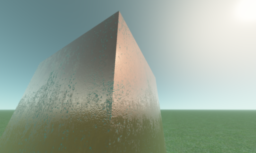
- the Radeon GPU Analyzer now supports DXR shader disassembly, live VGPR analysis as well as control-flow graph analysis
- shows what of the two compilation models (fully inline vs. Indirect ) has been chosen by the runtime
- also provides the disassembly for the driver generated acceleration structure traversal
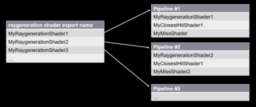
- master thesis that covers a tool for interactive exploration of all contributing paths from a path tracer
- including a heatmap visualization and area filters
- show how to use the proposed visualization to help in debugging scenarios
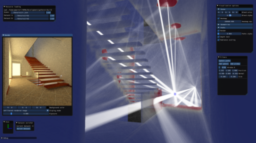
Ubisoft RedLynx is a multiplatform game development studio located in Helsinki. Along with the hugely popular Trials series, we have developed and published more than 100 games and we are a passionate team of over 140 people of 21 different nationalities. We are seeking an experienced Graphics Programmer to join our core technology team in creating impactful game experiences
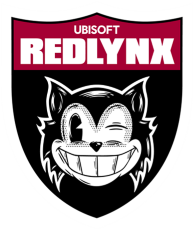
- the author provides a list of lessons learned and advice that should be considered when working on rate-distortion optimization algorithms
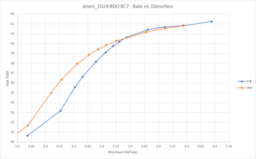
- second particle in articles series about SDF (signed distance field) generation with Unity
- this part presents how to visualize an SDF using a pixel shader
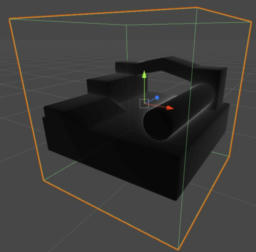
- the Unity tutorial explains how to generate meshes from a compute shader
- in the process, it explains the fundamentals of compute shaders and read back data from the GPU
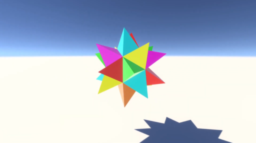
- the article provides a geometric interpretation of linear interpolation, range mapping, and how it relates to Bézier curves
- provides links towards articles with further information on why lerp for colors and rotations doesn’t always work as expected
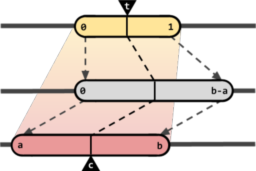
Thanks to Deepak Surti for support of this series.
Would you like to see your name here too? Become a Patreon of this series.